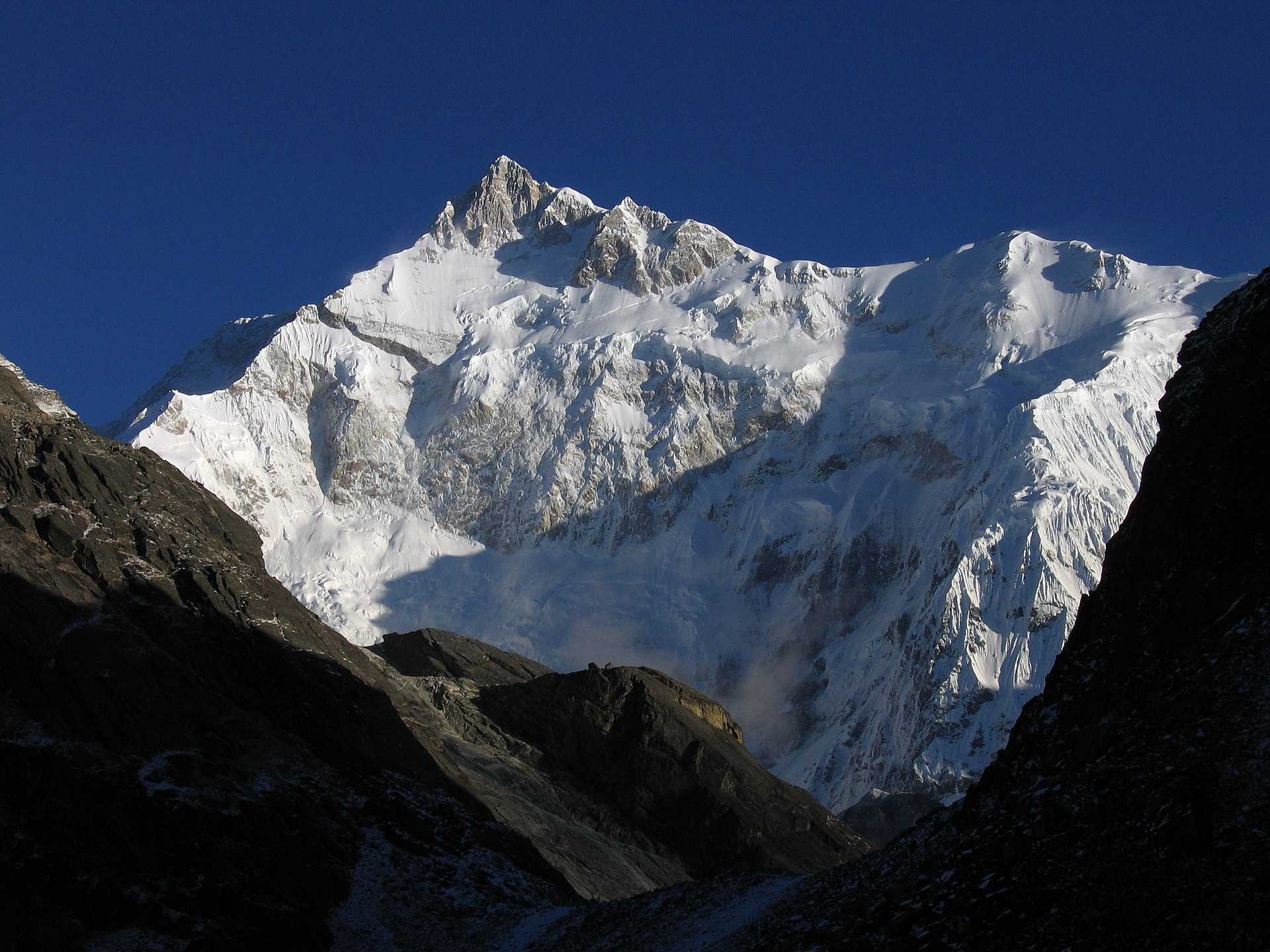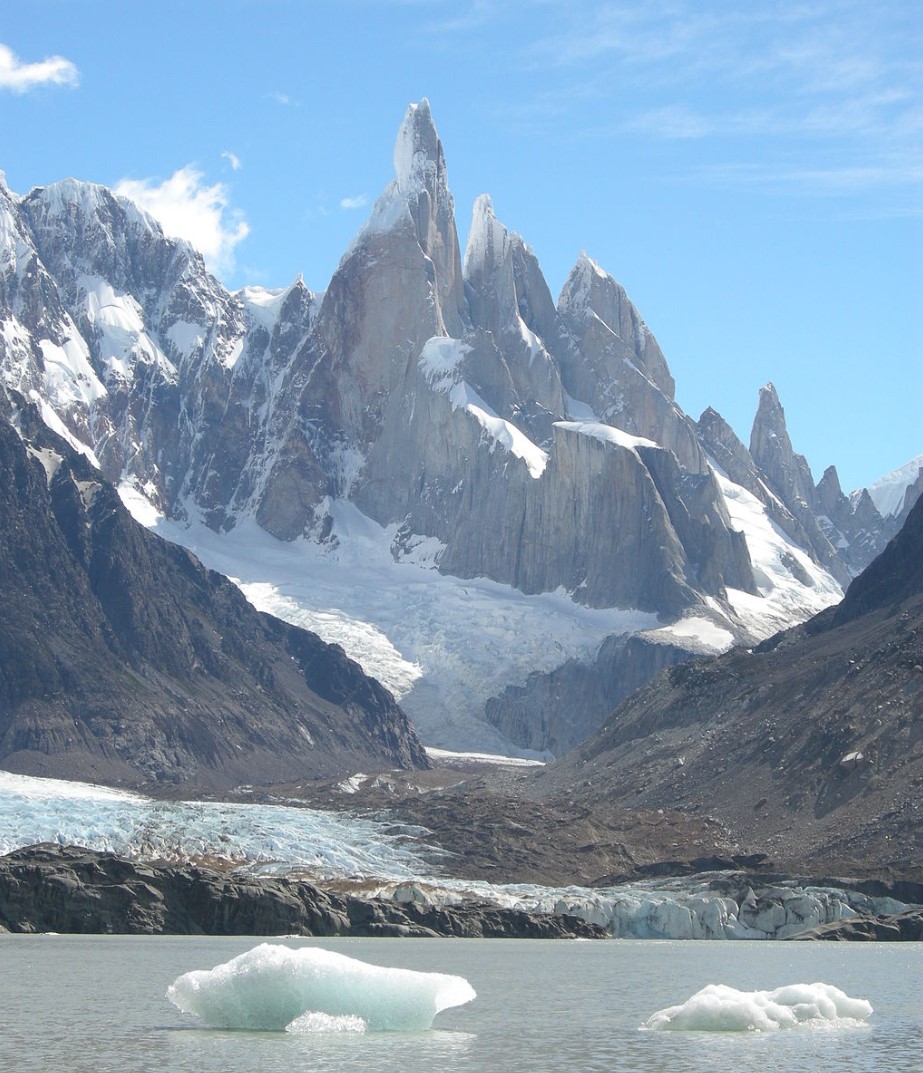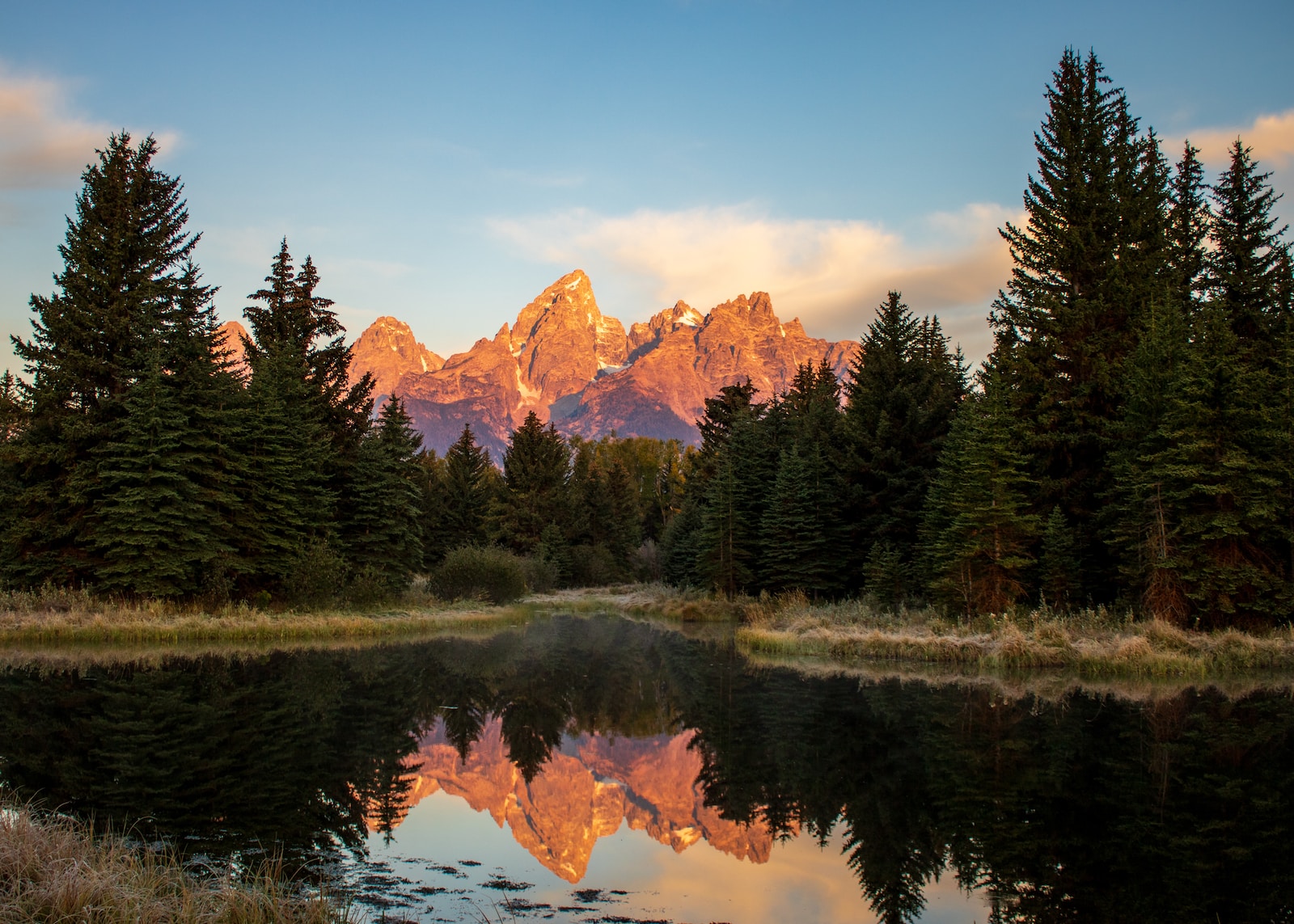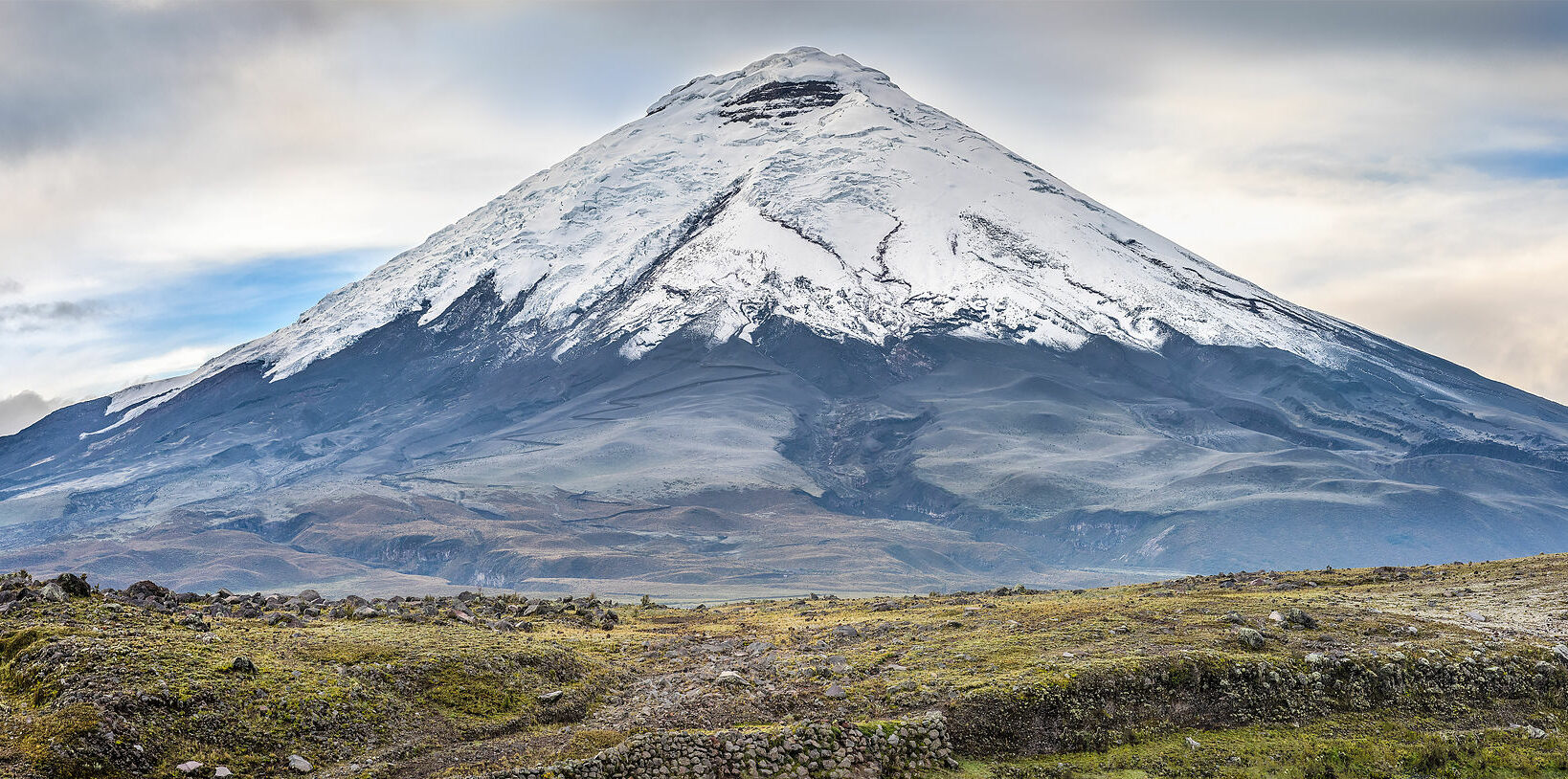Welcome to the mesmerizing world of Mount Kangchenjunga, where towering peaks and captivating landscapes await. As the third highest mountain in the world, this majestic beauty holds immense significance in both Indian and Nepalese culture. Immerse yourself in the allure of the Himalayas as we unravel the breathtaking views, delve into the rich cultural heritage, and showcase the stunning mountain photography that will leave you awestruck. Join us on this incredible journey as we capture the magic of Mount Kangchenjunga.
Table of Contents
- Capturing the Majesty of Mount Kangchenjunga
- Capturing the Majesty of Mount Kangchenjunga
- Capturing the Majesty of Mount Kangchenjunga
- Frequently Asked Questions
- 1. Can I capture Mount Kangchenjunga in my photographs?
- 2. Where is Mount Kangchenjunga located?
- 3. Is it safe to visit Mount Kangchenjunga?
- 4. What is the best time to visit Mount Kangchenjunga?
- 5. What is the significance of Mount Kangchenjunga in Indian and Nepalese culture?
- 6. Are there any restrictions for photographing Mount Kangchenjunga?
- 7. What other attractions are there near Mount Kangchenjunga?
- Wrap Up
Capturing the Majesty of Mount Kangchenjunga
Mount Kangchenjunga, located in the border region of India and Nepal, is a true gem of the Himalayas. Standing at an impressive height of 8,586 meters, it is the third highest mountain in the world. The breathtaking beauty and significance of this magnificent peak make it a captivating subject for mountain photography.
The Magnificence of Mount Kangchenjunga
One of the most striking features of Mount Kangchenjunga is its awe-inspiring silhouette against the clear blue sky. Its towering presence commands attention, making it a perfect focal point for any photograph. The unique shape of the mountain, with its jagged peaks and sweeping ridges, creates a dramatic and dynamic composition, ensuring that every photo captures the true majesty of this natural wonder.
Another captivating aspect of Mount Kangchenjunga is its ever-changing appearance throughout the day. As the sunlight dances upon its slopes, the mountain transforms into a mesmerizing display of colors. From hues of pink and orange during sunrise to golden tones at midday and soft blue hues at sunset, each moment presents a new opportunity to capture the mountain in all its glory.
To truly capture the essence of Mount Kangchenjunga, photographers can experiment with different techniques. Long exposure shots can be used to create silky smooth waterfalls cascading down the slopes, while panoramic shots can showcase the vastness of the landscape surrounding the mountain. Additionally, utilizing a wide-angle lens can help capture the grandeur and scale of this colossal peak, allowing viewers to feel immersed in its presence.
The Cultural Significance
Mount Kangchenjunga holds immense cultural significance for both India and Nepal. In the local folklore of the indigenous communities inhabiting the regions around the mountain, Kangchenjunga is believed to be the abode of deities and spirits. It is highly revered and holds a sacred place in the hearts of the people.
Photographing Mount Kangchenjunga also presents an opportunity to delve into the rich cultural heritage of the local communities. The vibrant traditional attire, colorful festivals, and warm hospitality of the people add an extra layer of depth to the visual narrative. By capturing not only the mountain itself but also the people and their culture, photographers have the chance to tell a complete and compelling story through their images.
When photographing Mount Kangchenjunga, it is important to respect the natural environment and the communities that call this region home. Always obtain the necessary permits and seek guidance from local experts to ensure responsible and ethical photography practices. This not only enables us to preserve the beauty of this majestic mountain but also creates a positive impact on the lives of the locals who rely on responsible tourism for their sustenance.
Mount Kangchenjunga offers an unmatched opportunity for photographers to capture both natural and cultural beauty. By utilizing the right techniques and understanding the significance of this mountain, photographers can create stunning images that reflect the true grandeur and spirit of Mount Kangchenjunga.
Mount Kangchenjunga is considered sacred by many communities living in its vicinity, including the Limbu people of Nepal and Sikkim. They believe that the mountain is home to their protective deity, and climbing the summit is seen as a violation of religious beliefs.
Capturing the Majesty of Mount Kangchenjunga
When it comes to capturing the majestic beauty of Mount Kangchenjunga, having the right camera, lenses, and equipment is crucial. As the third highest mountain in the world, Mount Kangchenjunga offers awe-inspiring landscapes that any photographer would be thrilled to capture. Whether you are a beginner or a professional, investing in the right gear will help you showcase the grandeur of this Himalayan giant.
Choosing a Camera
When it comes to mountain photography, you need a camera that can handle the challenges of capturing intricate details and handling various lighting conditions. Here are two options that can provide exceptional results:
- Option 1: DSLR Cameras
DSLR cameras offer versatility and excellent image quality. Their larger sensors capture finer details and allow for greater control over settings. Consider cameras such as the Nikon D850 or Canon EOS 5D Mark IV, known for their high resolution and dynamic range.
- Option 2: Mirrorless Cameras
Mirrorless cameras are lightweight and compact, making them a great choice for mountain photography. The Sony Alpha a7R IV and Fujifilm X-T4 are popular options. They offer high-resolution sensors and advanced autofocus systems.
Exploring Lenses and Equipment
With the right lenses and equipment, you can truly capture the essence of Mount Kangchenjunga. Here are some recommendations:
- Wide-Angle Lens: A wide-angle lens is essential for capturing the vastness of the mountain and its surroundings. Consider the Nikon AF-S 14-24mm f/2.8G or the Canon EF 16-35mm f/2.8L III USM. These lenses provide sharpness and minimal distortion.
- Telephoto Lens: When shooting from a distance, a telephoto lens allows you to focus on intricate details or isolate specific sections of the mountain. The Nikon AF-S 70-200mm f/2.8E FL ED VR or the Canon EF 70-200mm f/2.8L IS III USM offer excellent image quality and stabilization.
- Tripod: To ensure stability and avoid blurry images, invest in a sturdy tripod like the Manfrotto MT190X3 or the Gitzo GT3543LS. These tripods provide stability even in challenging terrains.
- Filters: Using filters can enhance your mountain photography. A polarizing filter helps reduce glare and enhance colors, while a neutral density filter allows for long-exposure shots of waterfalls and streams.
- Extra Batteries and Memory Cards: Being in the mountains means limited access to power sources. Carry extra batteries and memory cards to avoid missing out on capturing precious moments.
Remember, the right camera gear and equipment will elevate your photography experience and allow you to capture the true majesty of Mount Kangchenjunga. Choose your gear wisely, and get ready to capture breathtaking shots that truly showcase the beauty of this iconic Himalayan peak.
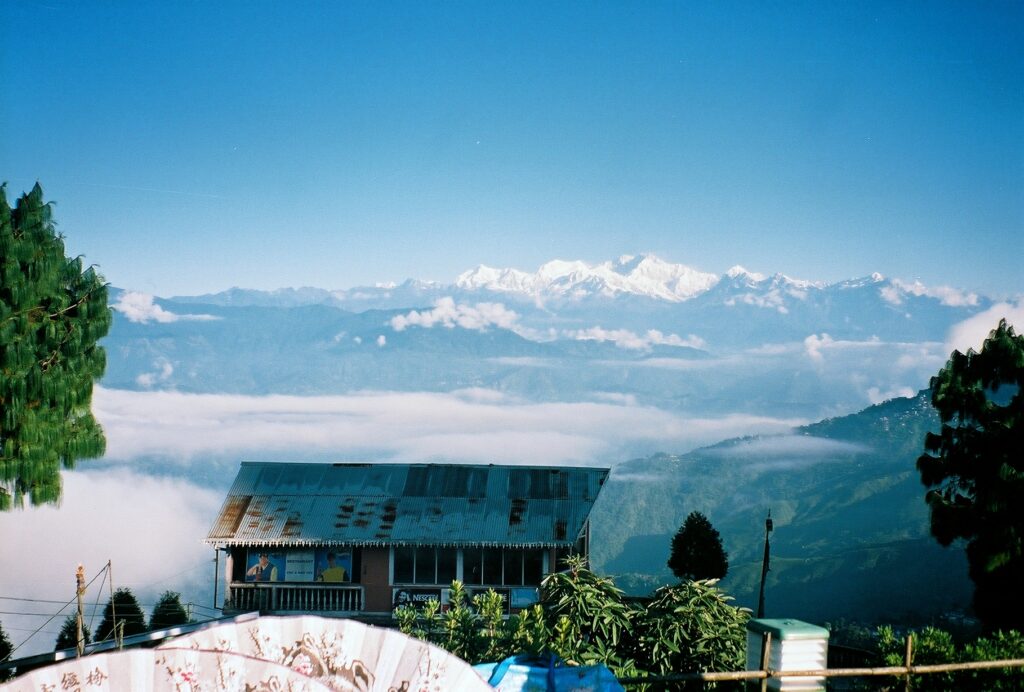
Capturing the Majesty of Mount Kangchenjunga
Mount Kangchenjunga, located in the eastern Himalayas and straddling the border between India and Nepal, is a majestic mountain that captivates the hearts of photographers and adventurers alike. As the third highest peak in the world, standing at a towering height of 8,586 meters (28,169 feet), it offers awe-inspiring landscapes and a glimpse into the rich cultural heritage of both countries.
The Best Time of Year for Mountain Photography
Choosing the best time of year to photograph Mount Kangchenjunga is crucial to capturing its beauty in all its glory. The ideal seasons for photography are autumn (October to November) and spring (April to May). During these periods, the weather is generally clear, and the mountain is often seen against a backdrop of vivid blue skies and blooming rhododendrons.
In autumn, the golden hues of the surrounding forests create a stunning contrast against the snow-capped peaks of Kangchenjunga. The clear skies also present an opportunity to capture breathtaking sunrises and sunsets, casting a warm and magical glow upon the mountain.
Spring, on the other hand, offers a burst of color as the hillsides are covered with wildflowers in full bloom. This season provides photographers with the chance to capture vibrant landscapes coupled with the grandeur of the mountain, creating truly mesmerizing compositions.
Choosing the Best Vantage Points for Photography
Mount Kangchenjunga is best photographed from various vantage points, each offering a different perspective and unique visuals. Here are three popular vantage points that photographers can explore:
- Sandakphu Sandakphu, located in the Indian state of West Bengal, offers photographers a panoramic view of the entire Kangchenjunga range. From this viewpoint, you can capture the mountain in all its glory, as well as the surrounding peaks of Everest, Lhotse, and Makalu. The beauty of Sandakphu lies in its accessibility, as treks are available for both experienced hikers and beginners.
- Goecha LaGoecha La, situated in the Indian state of Sikkim, provides photographers with an up-close and personal encounter with Kangchenjunga. This vantage point offers mesmerizing views during sunrise and sunset, with the mountain reflecting the golden hues of the sky. The trek to Goecha La is challenging, but the reward of capturing stunning photographs of Kangchenjunga from this viewpoint is immeasurable.
- Tiger Hill, near the town of Darjeeling in West Bengal, is renowned for its breathtaking sunrise views over Kangchenjunga. From this vantage point, you can witness the first rays of sun illuminating the snow-capped peaks, creating a magical and ethereal atmosphere. The accessibility of Tiger Hill makes it a popular choice for photographers, as it can be reached easily by car
As a photographer, choosing the right time of year and vantage point will greatly enhance your chances of capturing the majesty of Mount Kangchenjunga. Whether you opt for the golden hues of autumn or the vibrant colors of spring, the mountain’s beauty will leave you in awe, and its significance in Indian and Nepalese culture will add depth to your photographic journey.
When photographing Mount Kangchenjunga, use a wide-angle lens to capture its grandeur. Experiment with different angles and perspectives to create unique compositions. Consider shooting during sunrise or sunset to capture the warm, golden light bathing the mountain. Don't forget to bring a sturdy tripod for sharp, stable shots, especially in low light conditions.
Frequently Asked Questions
1. Can I capture Mount Kangchenjunga in my photographs?
Absolutely! Mount Kangchenjunga provides breathtaking views that are perfect for mountain photography. With its majestic peaks and stunning landscapes, it offers endless opportunities to capture its beauty.
2. Where is Mount Kangchenjunga located?
Mount Kangchenjunga is located on the border of India and Nepal in the Himalayas. It is one of the most prominent landmarks in the region and holds immense cultural significance for both countries.
3. Is it safe to visit Mount Kangchenjunga?
Visiting Mount Kangchenjunga is generally safe, but it is important to take necessary precautions and plan your trip with a licensed guide or a reputable tour agency. The region is remote and requires proper trekking equipment and permits.
4. What is the best time to visit Mount Kangchenjunga?
The best time to visit Mount Kangchenjunga is during the spring (April to June) and autumn (September to November) seasons. The weather is generally clear, and the views are stunning during this time. However, it is important to research and plan according to the specific conditions and weather patterns of the region.
5. What is the significance of Mount Kangchenjunga in Indian and Nepalese culture?
Mount Kangchenjunga holds immense cultural significance for both India and Nepal. It is considered sacred by the local communities living in the vicinity, and it features prominently in their myths, legends, and religious beliefs. The mountain is also revered as a symbol of national pride and identity.
6. Are there any restrictions for photographing Mount Kangchenjunga?
While there are no specific restrictions for photographing Mount Kangchenjunga, it is important to respect the local customs and traditions. Seek permission before photographing individuals or religious sites, and be mindful of the environment by following responsible photography practices.
7. What other attractions are there near Mount Kangchenjunga?
The region surrounding Mount Kangchenjunga offers a plethora of attractions for travelers. You can explore charming Himalayan villages, visit ancient monasteries, hike through pristine forests, and encounter diverse flora and fauna. Make sure to plan your itinerary to fully immerse yourself in the beauty of the Himalayas.
Wrap Up
Mount Kangchenjunga is not just a majestic mountain but also a symbol of the deep-rooted cultural heritage of India and Nepal. Its towering presence in the Himalayas captures the hearts of both locals and travelers alike. The breathtaking views and unique cultural experiences make it a must-visit destination for adventure enthusiasts and photographers.
By exploring the beauty and significance of Mount Kangchenjunga, we gain a deeper understanding of the rich tapestry of Indian and Nepalese culture. Through mountain photography, we can immortalize its splendor and share it with the world.
Have you ever been to Mount Kangchenjunga? What aspects of its natural beauty and cultural significance resonate with you the most? Share your thoughts and experiences in the comments below. Let’s continue the conversation and inspire each other to explore this incredible mountain and its surrounding regions.
